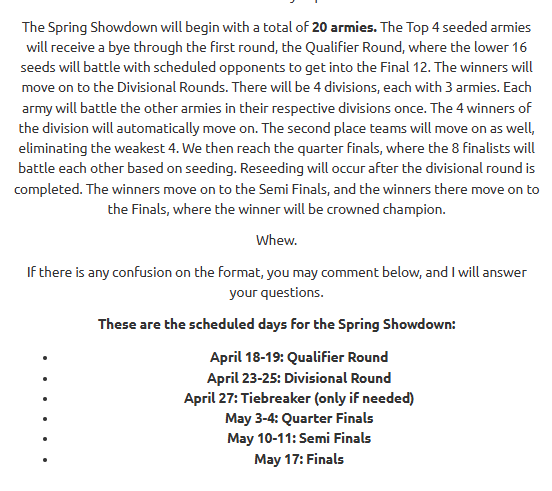Welcome to This Day In History, a column analyzing army history. In this edition, we will discuss the events that occurred on April 8, 2014 that affected the later years of Club Penguin Armies.

Designed by Master DS
Background
CPAC’s Tournament History
Over the years, many tournaments occurred in various formats and were run by multiple entities. With the creation of Club Penguin Army Central, tournaments became more organized by the end of 2009. Some of the first tournaments held by CPAC included the Decade’s End Tournament, the Country Tournament, Legends Cup, the Clash For Control tournament, and Holiday Smackdown. While many tournaments were one-offs, the Legends Cup tournament became an annual event after its first iteration in 2010.
Additionally, CPAC had end-of-the-year tournaments to determine which army was the best. Later on, CPAC developed other yearly tournaments, such as March Madness, Christmas Chaos, and the Champions Cup. Subsequently, Nachos, Ice Warriors, Rebel Penguin Federation, and Army of Club Penguin experienced success in the organization’s competitions. Finally, RPF finished 2013 as the Christmas Chaos champion in the tournament season’s finale. Overall, CPAC created several influential tournaments from its creation in 2009 to the start of 2014.
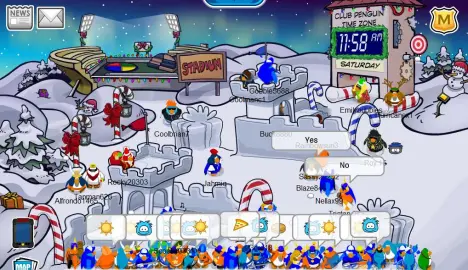
Holiday Smackdown – Ice Warriors vs. Ice Vikings
First 2014 Tournaments & Outbreak of Major War
By early 2014, the army community had changed immensely from the days of the earliest tournaments. Firstly, the Champions of 2013 Tournament culminated in a RPF victory over ACP. Next, a major war erupted at the same time the March Madness tournament finished its first round. The war involved the Nation of Domination alliance versus the New Regime Alliance. The major players in the New Regime Alliance consisted of Light Troops, Army Republic, Water Vikings, Golds, and Hot Sauce Army. On the other hand, the Nation of Domination included Doritos of Club Penguin, RPF, ACP, Special Weapons and Tactics, Underground Mafias Army, and Redemption Force. However, the war quickly ended after the NRA surrendered to the NoD a day later.
Despite the war’s quick end, it elevated tensions between armies, which made tournaments that much more interesting. In the meantime, Nachos defeated ACP in the March Madness tournament for their second win in a row. Finally, the creation of the Small Medium Army Press provided more opportunities for new tournaments to come to fruition. Ultimately, 2014 was off to an exciting start with countless wars and compelling tournaments.
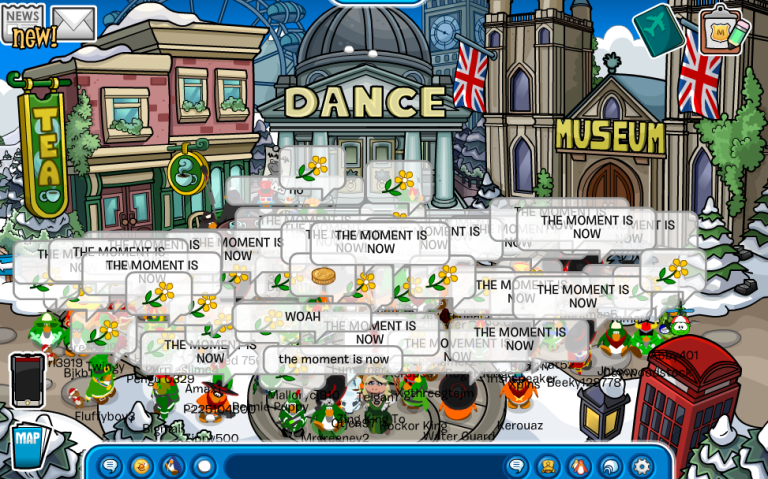
March Madness I Finals – Nachos vs. ACP
April 8, 2014 – Announcement of Spring Smackdown
After these events, CPAC announced the Spring Smackdown tournament in early April. Unlike other tournaments, the league invited 20 armies to participate. Depending on the army’s ranking, higher-ranked armies did not have to fight until the second round. Therefore, the lower-ranked armies then fought in the first round to determine who faced the higher seeds. Regardless, all armies received a placement in one of four divisions with two other armies. Afterwards, the winners and runner-ups of each division moved on to the next round. In the second round, armies competed against one another based on their seeding. Meanwhile, the armies gained a new seeding following the end of the divisional round. These seeds came from the weekly CPAC Top Ten rankings.
Furthermore, the rest of the tournament proceeded as usual with the semi-finals and grand-finals. The invitees were ACP, Dark Warriors, Nachos, RPF, IW, DCP, RF, SWAT, WV, Golds, Smart Penguins, LT, AR, Metal Warriors, Shock Warriors, Global Defenders, Pizza Republic, UMA, Chaos, and Guardian Penguins. As these armies accepted their invites, the tournament’s start marked a new seasonal tournament. Ultimately, the Spring Smackdown tournament had many interesting elements.
Spring Smackdown’s Proceedings
Firstly, ACP, Nachos, RPF, and DW all obtained a bye to the next round. On the other hand, the Striking Raiders entered the tournament after one of the armies departed the competition. With their entrance, the qualifier and first rounds began and determined who went onto the next round. These rounds saw the elimination of several armies that either forfeited, lost due to a size disadvantage, or had lackluster tactics. Regardless, Nachos, RPF, WV, DCP, ACP, DW, Golds, and RF made it to the quarterfinals.
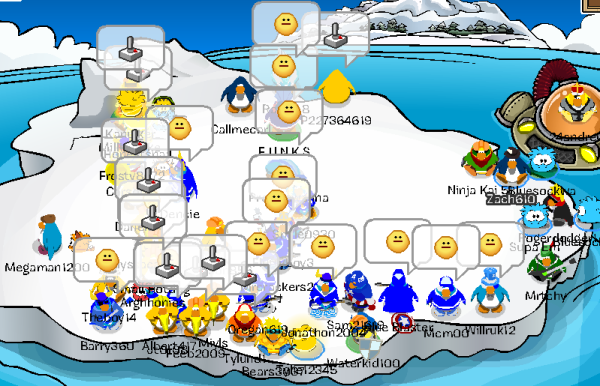
Spring Smackdown Qualifier – Ice Warriors vs. Light Troops
During the quarter-finals, surprising events ensued as DCP nearly lost at the same time ACP had an upset over DW. Moreover, RF’s no-show allowed Golds to earn a spot in the semi-finals. Next, the semi-finals saw DCP win against RPF and ACP’s dominant victory over Golds. Finally, ACP defeated the Doritos for their first tournament win in some time. Ultimately, the tournament resulted in ACP’s acceptance of another trophy after impressive runs by both RPF and Nachos in the past.
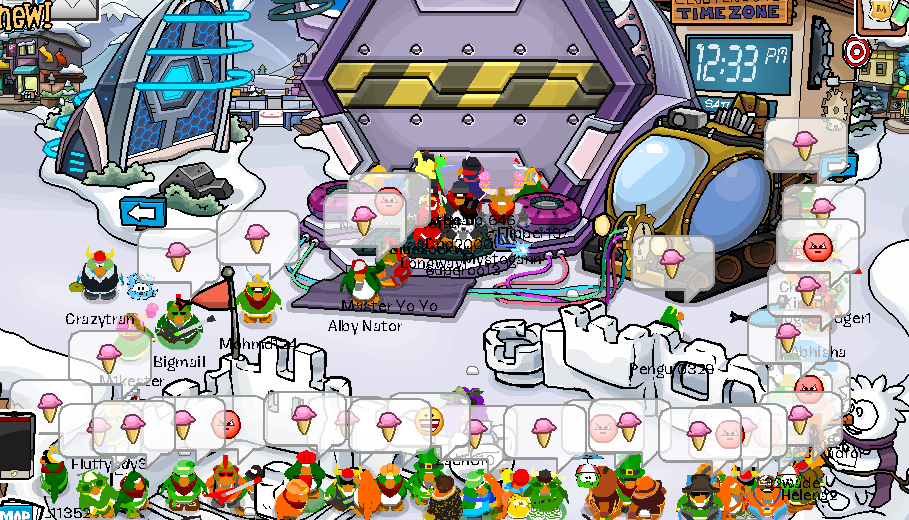
Spring Smackdown Finals – ACP vs. DCP
Background
Escalation of Tensions & Outbreak of Multiple Wars
As mentioned, several wars progressed around this time as armies balanced hype for both tournaments and war battles. After the brief NoD vs NRA war, HSA shut down four days later due to inner turmoil within the army. However, other participants in the war escalated tensions further. For example, UMA declared war on SWAT on March 13 despite being allies previously. They claimed that the latter trash-talked them repeatedly and needed to be taught a lesson. Soon after, the war ended as SWAT surrendered to UMA three days later.

Hot Sauce Army’s 2013 Shutdown Event
In the meantime, DW’s numerous internal problems continued until the leadership sorted out its issues by the end of March. During these internal conflicts, Golds declared war on them over a month after their own troubles led to a lockdown. The war did not ultimately proceed as DW resolved their problems and became one army again. Furthermore, AR declared war on DCP due to their belief that the latter planned to declare war on them. The war culminated in multiple no-shows by DCP that ended any chances at a real war between the two. Moreover, UMA started a conflict with Nachos that lasted throughout April. Their decision came about due to tensions built over the past couple of months. Finally, SWAT declared war on Golds after a long history of conflict between the two armies. Their declaration marked the renewal of an intense rivalry. In short, several wars broke out in March and April 2014.
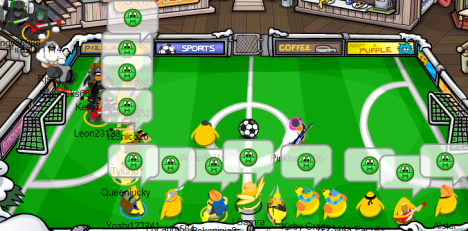
SWAT’s No-Show vs. Golds in 2012 Tournament
April 8, 2014 – SWAT vs. Golds
After the SWAT-Golds war began on April 6, the following week had several battles between the two. In their first battles, Golds acquired Parka, Outback, and Walrus. On Parka, both armies’ low maxes contributed to Golds’ victory over SWAT. Next, SWAT’s no-show on Outback yielded Golds another win. Moreover, SWAT gave up Walrus when the army surrendered the server despite the close sizes. At the same time, the two tied on Frozen while SWAT successfully defeated Golds on Wool Socks. Essentially, Golds had the most success in the first days of the war.
April 8 saw several more battles take place. Firstly, the Golds won a battle for Ascent. Next, SWAT no-showed on Icicle, which gave Golds another victory. Sherbet went to Golds due to SWAT’s size disadvantage. Finally, Golds’ max of 20 penguins on Snow Plow aided in their victory over SWAT for the fourth time in one day. While there were disagreements over victors of battles, Golds still held a significant advantage at the day’s end. Soon after, the war concluded with a Golds victory, despite some disputed battles. Subsequently, the war’s end played a role in the start of Golds’ later wars with RPF and LT. Overall, Golds and SWAT had a highly contested war that led to the former’s win.
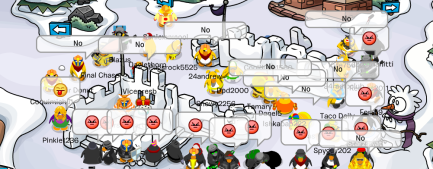
Battle of Frozen – Golds vs. SWAT
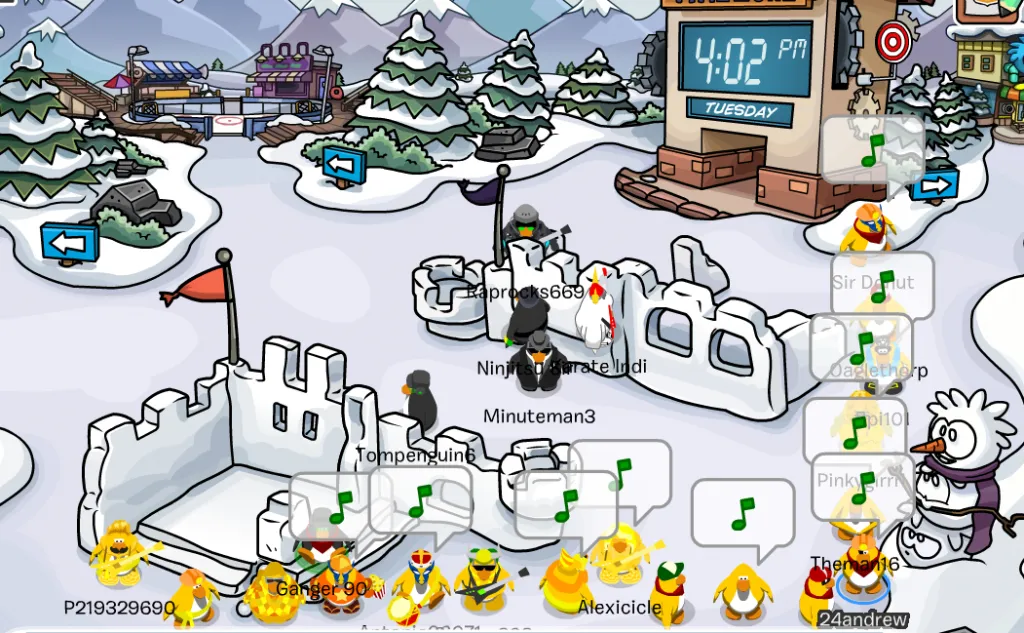
Invasion of Sherbet – Golds vs. SWAT
Conclusion
Throughout early 2014, many interesting events occurred that shook up the army scene. For instance, the Spring Smackdown tournament showcased multiple impressive armies and showed how underdogs achieved success as well. Next, the war between the Golds and SWAT displayed how intense rivalries between two armies could be. At the same time, it represented the problems created by not having an official judging system. Until one came about, no army had an impartial view of the battles. Many armies claimed victory even if their loss was evident given a size differential. Regardless, the war helped show the tactical gap that existed between the armies involved. Ultimately, 2014 was a very eventful year in the army community.
Aurora
Senior Reporter
